Media
Home » Media
30 years of brand history
100+ agents worldwide
German process equipment
Ten series of one-stop procurement

Does a DOUBLE Y TEE Save Space in Complex Piping Layouts?
We recently audited a factory where cramped pipe racks caused major installation headaches. Their design used multiple separate fittings, creating a jungle of pipes. Yes,
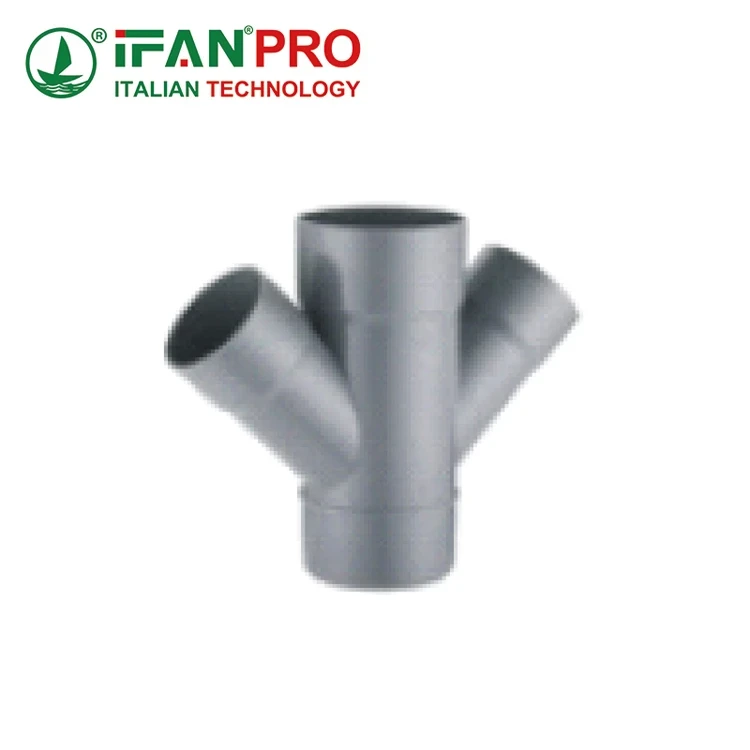
Why Choose a DOUBLE Y TEE for Efficient Flow Division?
I once saw a client’s system struggle with uneven flow and pressure loss. After we switched to a Double Y Tee, the performance improvement was
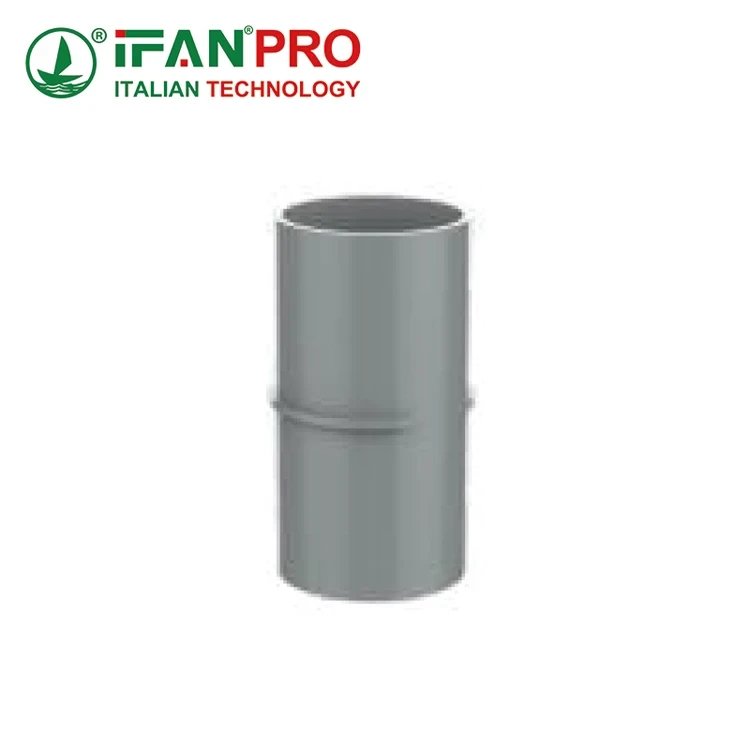
What Kind of Coupling Do You Use to Connect PVC Pipes?
I’ve seen too many projects delayed by leaks from the wrong coupling. Choosing the correct one is the first step to a reliable PVC system.
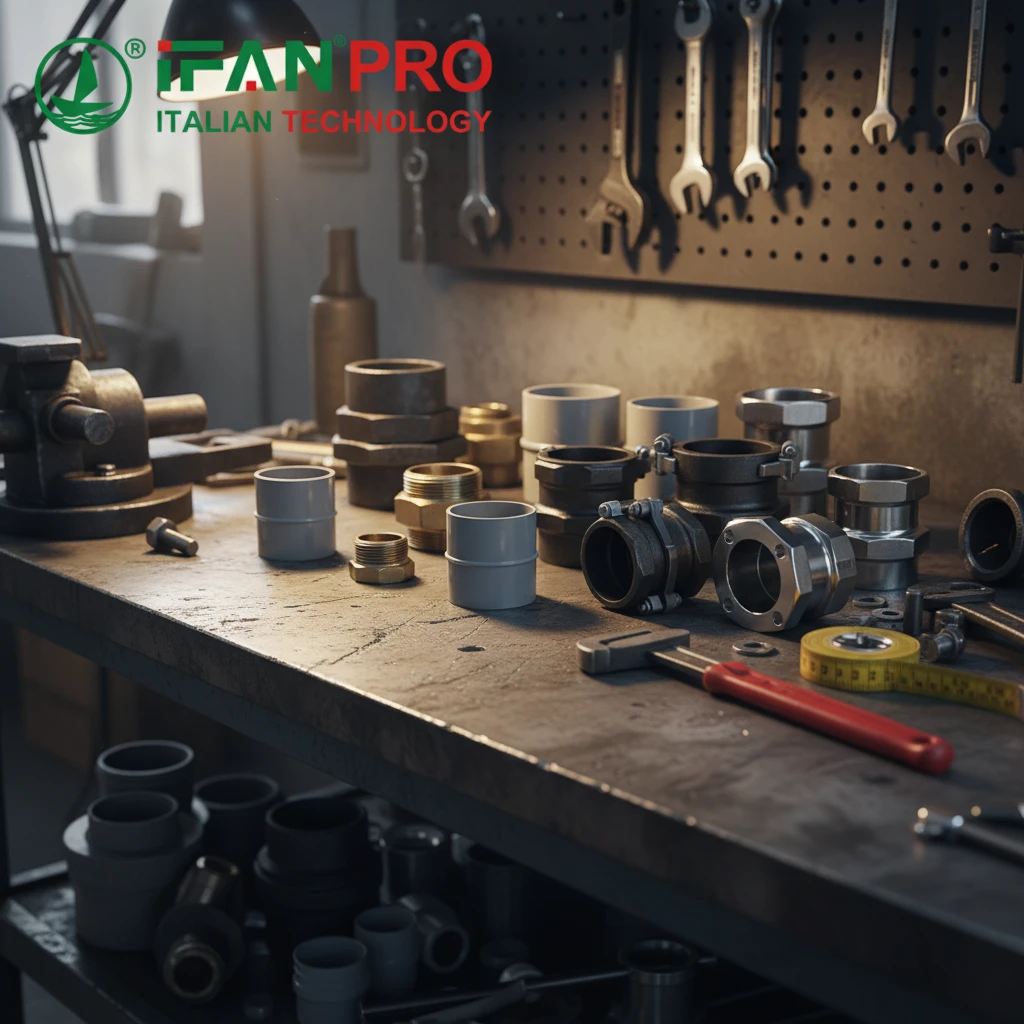
What is Coupling, and What Are Its Uses?
I once visited a factory where a leaking pipe joint caused a full-day shutdown. The problem was a poorly chosen coupling. That moment showed me
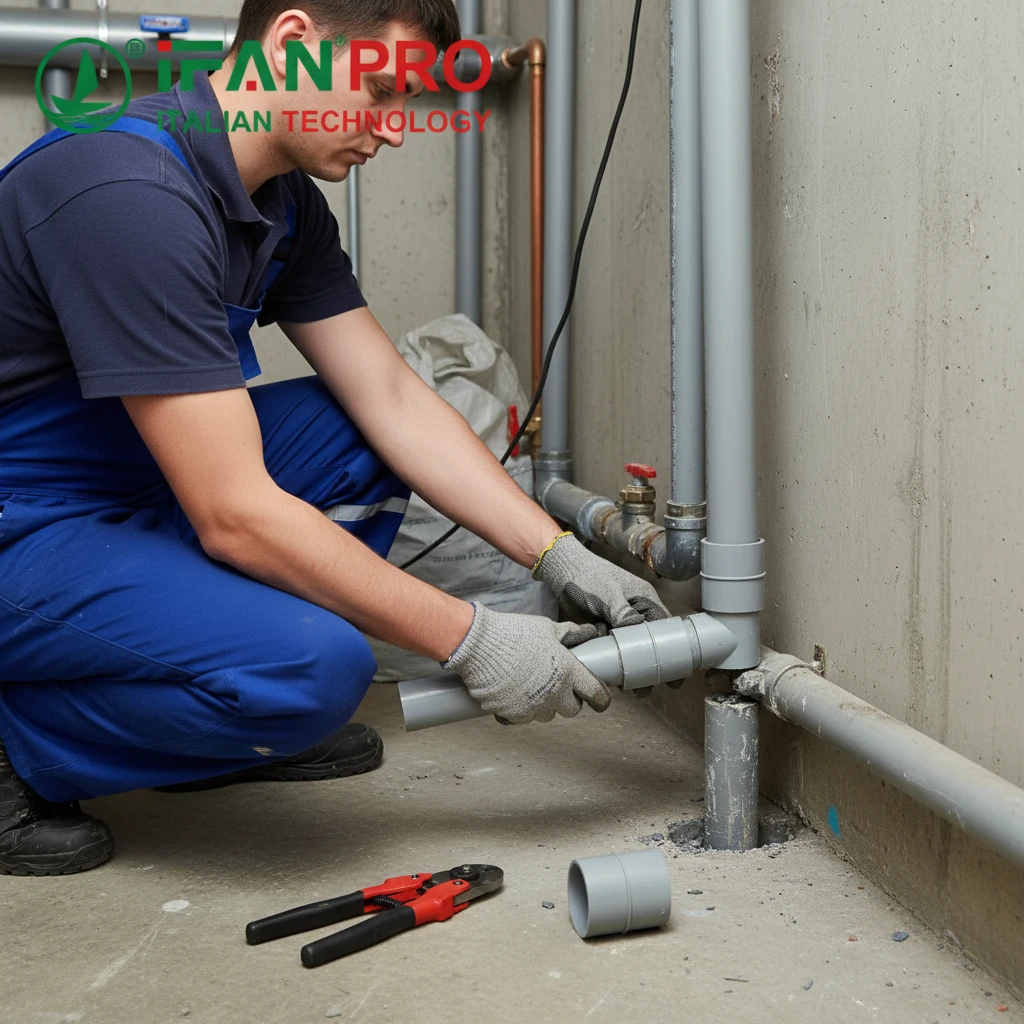
What Do You Mean by Coupling in Plumbing?
Early in my career, I saw a water leak cause major damage because a simple connector failed. That moment taught me that even the smallest
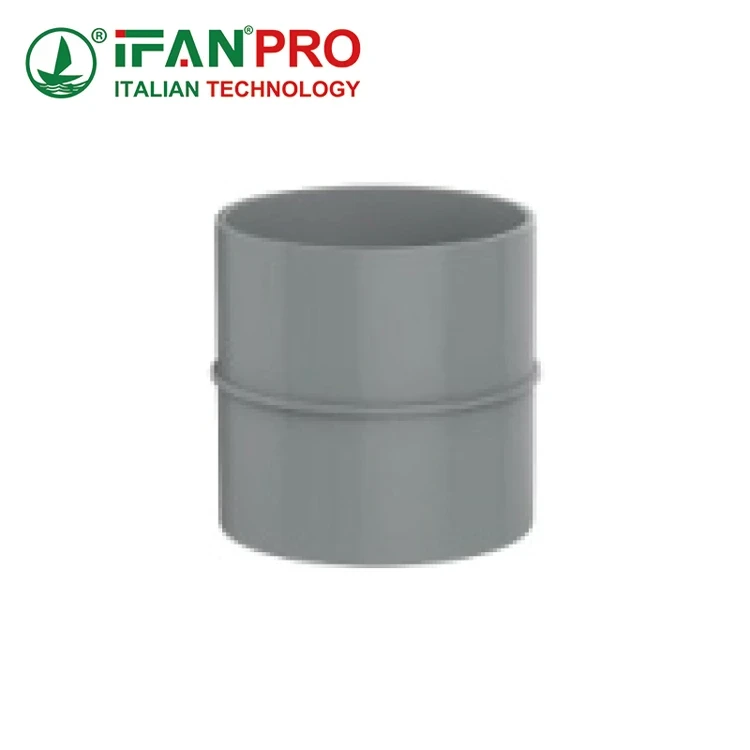
Pipe Couplings & Pipe Joining Product Category
Early in my career, I saw a project delayed for weeks because a cheap coupling failed. This taught me that the joint is often the

What Is A Pipe Coupling?
I once saw a major project delayed for weeks because of a single, failed coupling. This small part stopped everything, and it taught me just

What is a PVC Reducer Coupling and How is it Used?
I once helped a client fix a major leak. They tried to connect mismatched pipes with the wrong fitting. That mistake caused a lot of

What is the Best PVC Invert Reducer Fitting?
As a sourcing specialist, I’ve seen poorly chosen fittings cause major system failures. The right reducer is crucial, and the PVC invert reducer is a
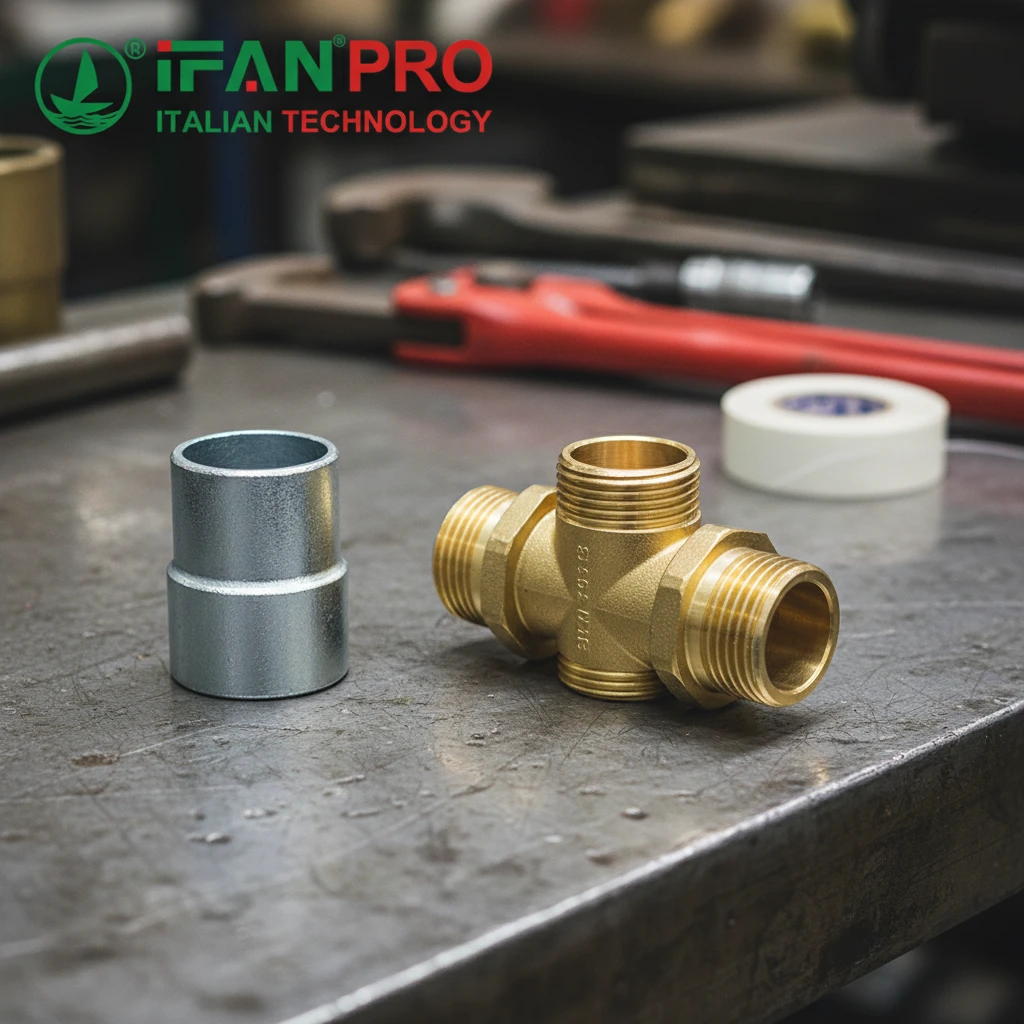
What is the Difference Between Pipe Coupling and Union?
Early in my career, I saw a maintenance team struggle for hours to replace a valve because the wrong fitting was used. That day, I

What is a PVC Reducer 2″ to 1.5″ and How Do You Use It Correctly?
I once saw a plumbing project fail because a simple reducer was installed wrong. That moment taught me that even the smallest fitting needs proper
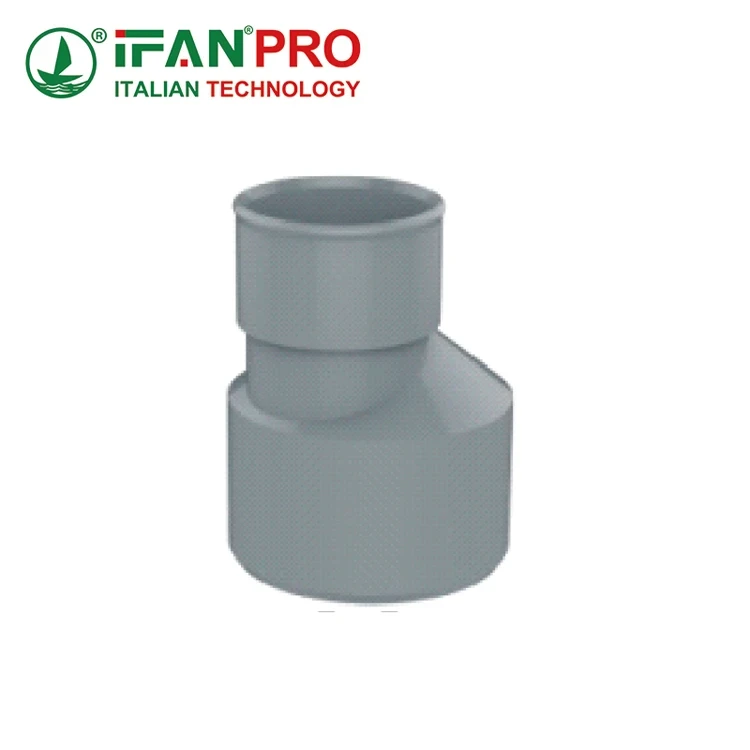
Where is a 2 Inch Female to 1.5 Inch Male Threaded Reducer PVC Used?
I once saw a plumbing project stall because the crew didn’t have the right size adapter. A simple 2″x1.5″ reducer could have saved them a









